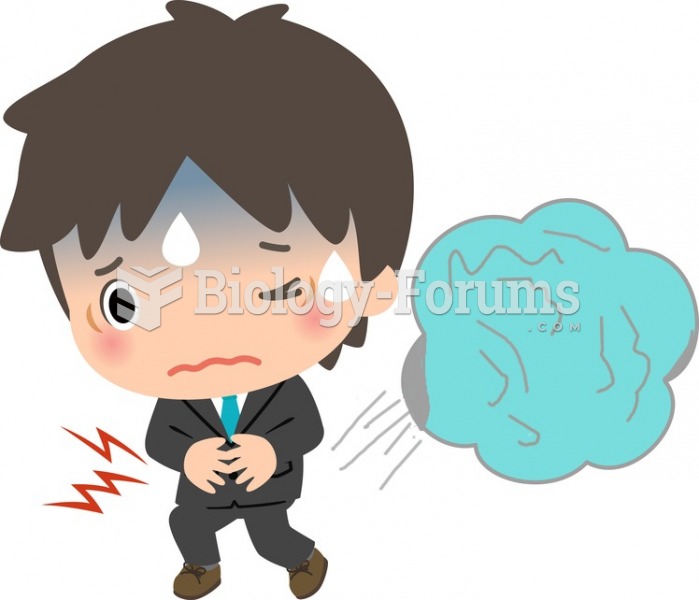This topic contains a solution. Click here to go to the answer
|
|
|
Did you know?
GI conditions that will keep you out of the U.S. armed services include ulcers, varices, fistulas, esophagitis, gastritis, congenital abnormalities, inflammatory bowel disease, enteritis, colitis, proctitis, duodenal diverticula, malabsorption syndromes, hepatitis, cirrhosis, cysts, abscesses, pancreatitis, polyps, certain hemorrhoids, splenomegaly, hernias, recent abdominal surgery, GI bypass or stomach stapling, and artificial GI openings.
Did you know?
Egg cells are about the size of a grain of sand. They are formed inside of a female's ovaries before she is even born.
Did you know?
In 1864, the first barbiturate (barbituric acid) was synthesized.
Did you know?
Cyanide works by making the human body unable to use oxygen.
Did you know?
The ratio of hydrogen atoms to oxygen in water (H2O) is 2:1.







